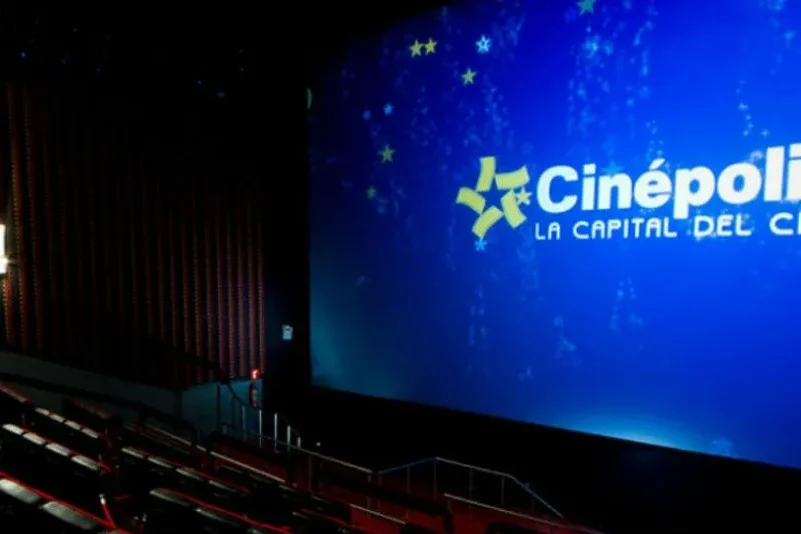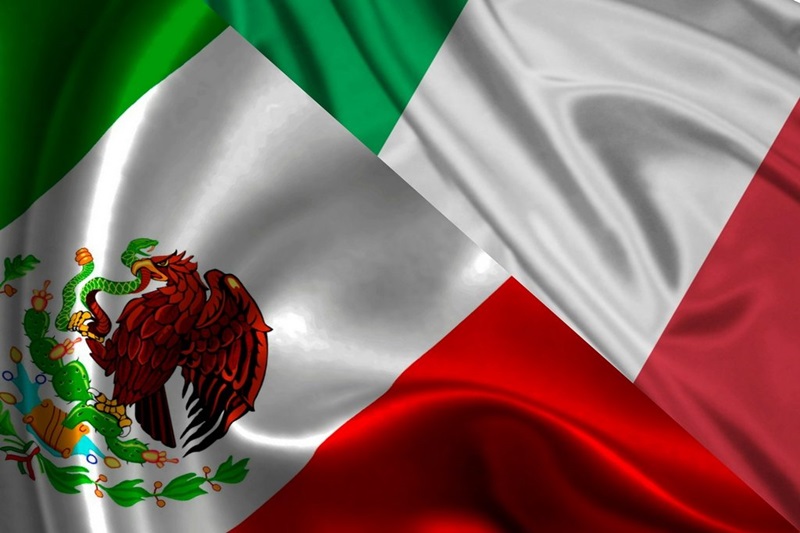History of Cinépolis, an Example of Mexican Growth

The history of Cinépolis is like many in Latin America; a small idea that conquers the region. It’s worth noting that Cinépolis is a Mexican company dedicated to the exhibition of films, founded in 1971 in Morelia, Michoacán.
At that time, it emerged under the name “Organización Ramírez.”
As of May 31, 2021, they operated 871 cinema complexes with 6,728 fully digital screens.
Of these screens, 477 are located in Mexico, and 394 are in countries such as the United States, Chile, Argentina, Guatemala, Honduras, El Salvador, Costa Rica, Panama, Colombia, Peru, Brazil, Spain, India, Oman, Bahrain, Saudi Arabia, and Indonesia.
Cinépolis has become the largest film exhibition company in Mexico and Latin America.
In fact, it ranks third in the world in the number of screens, second in the number of tickets sold, and is the chain that sells the most tickets per screen in the world.
The history of Cinépolis: Quality seal
The history of Cinépolis is closely linked to Mexico’s own growth.
In 1971, with the opening of “Cine Morelia” (now Cinépolis Morelia Centro) on Santiago Tapia Street in the historic center of Morelia, Enrique Ramírez Miguel, along with his son, engineer Enrique Ramírez Villalón, founded the company Organización Ramírez.
It is precisely at this cinema complex where the International Morelia Film Festival (FICM) has been held every October for 18 years.
In 1972, the “Cines Gemelos” (Twin Cinemas) emerged, and in 1973, expansion began under the concept of Multicinemas.
The story of Cinépolis continues in 1994 when the “Cinépolis” brand was born, along with the concept of multiplex theaters.
Unfortunately, violence in Mexico claimed the life of Enrique Ramírez Miguel, the founder of Cinépolis, who passed away on June 6, 1996, as a result of being shot five times with a revolver.
In 2019, Cinépolis reported an attendance of 367.2 million people, with 224.5 million attendees exclusively within the Mexican market and the remaining 142.6 million in other countries where the company has a presence.
This attendance placed Cinépolis in the second position worldwide in terms of the number of attendees, considering tickets sold, and in the first place in the world in terms of tickets sold per screen.
Out of the 6,728 screens that Cinépolis has, as of May 2021, 23 are in IMAX format, 109 in Macro XE format, 63 in 4DX format, 23 in PLUUS format, 33 in Art House format, 2 in VR format, 1 in Screen X format, and 72 in Junior format.
Another innovation from the company is Cinépolis Junior, a format used to distinguish those theaters specially equipped for children.
The theater includes play areas with slides and ball pits. It is recommended for children aged 4 to 11.
Another brilliant idea in Cinépolis‘ history is the Art House theater format, used to identify theaters where Cinépolis showcases films classified as “Art Cinema.”
This space offers permanent screenings of films by the world’s most renowned auteurs, movies celebrated at the best festivals worldwide, as well as documentaries and classic films.
The history of Cinépolis is associated with marketing
The history of Cinépolis is associated with marketing strategies and partnerships that drive the franchise. The brands associated with Cinépolis around the world include:
Cinépolis Luxury Cinemas: This is the brand used by the company for luxury cinemas in the United States.
Hoyts Chile: This is the brand used by Cinépolis in Chile.
Cine Yelmo: This is the brand used by Cinépolis in Spain. In 2015, Cinépolis acquired the Yelmo Cines chain in Spain, consolidating its presence in 13 countries.
FUN Cinemas: This is a chain of cinema exhibition acquired by Cinépolis in India in 2014, expanding its presence to 31 more cities in India.
Cinemaxx: In 2018, Cinépolis consolidated its presence in 15 countries through a strategic partnership with Lippo Group in Indonesia, acquiring a stake in Cinemaxx.
Moviehouse & Eatery: This is another Cinépolis brand in the United States.
Cinépolis Klic: This is Cinépolis’ digital Video On Demand platform that allows users to rent and purchase newly released movies, live events, relevant TV series, and pay-TV content.
Also read: IEA: Oil production in Mexico will decrease in five years.






